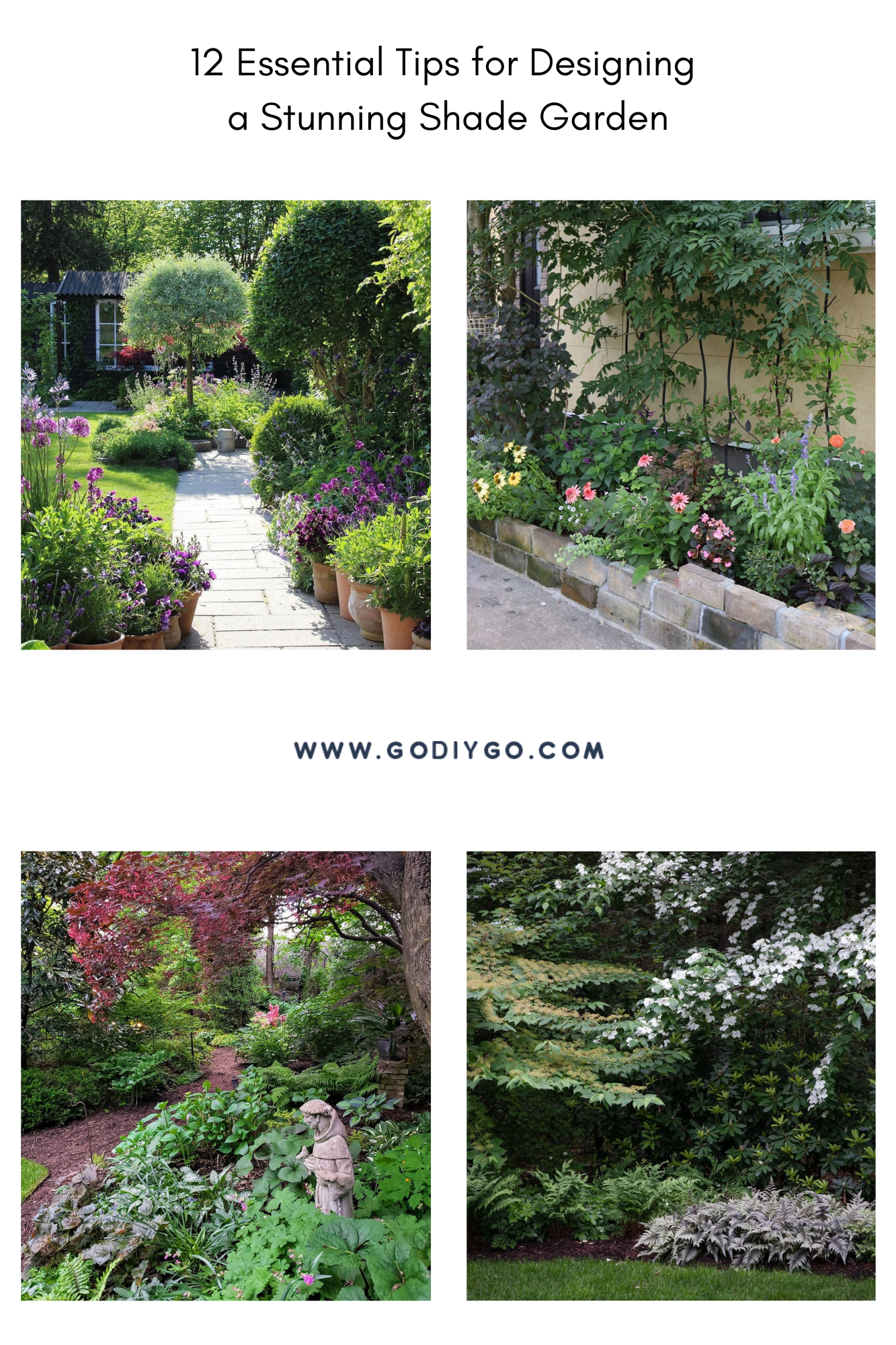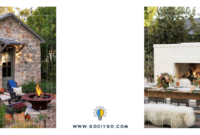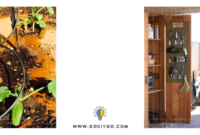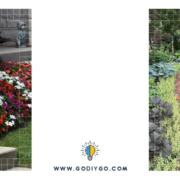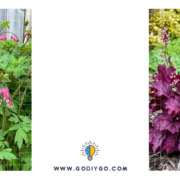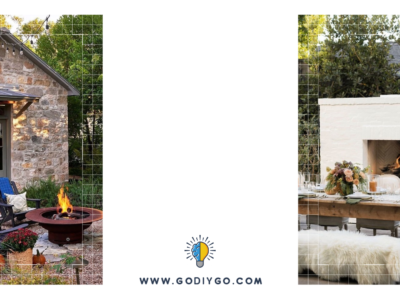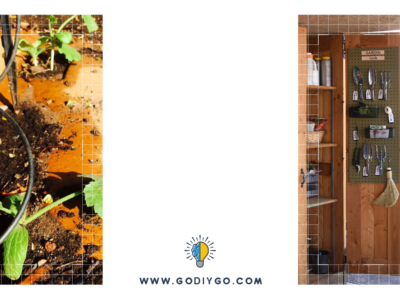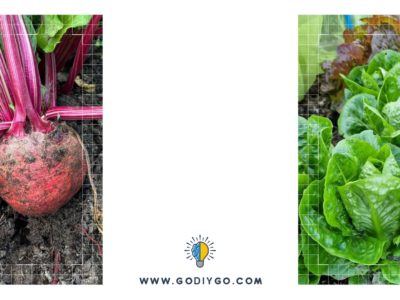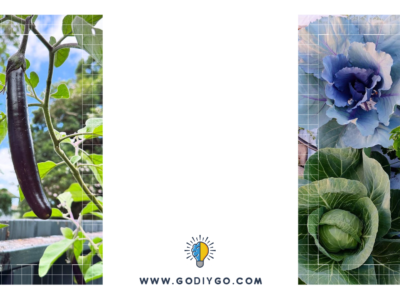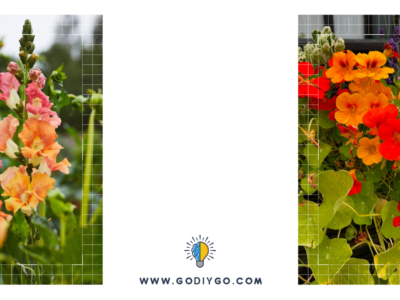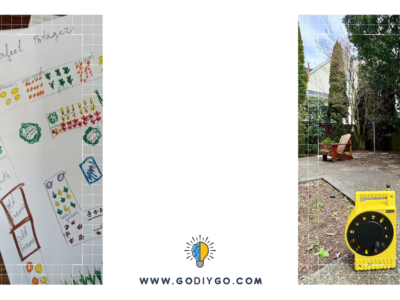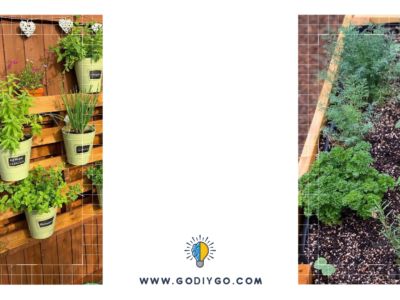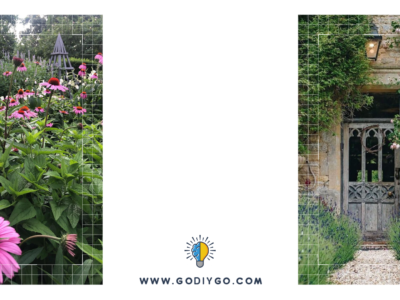Exploring the world of shade gardening introduces you to a tranquil realm in your outdoor haven. Whether tucked under leafy tree canopies or nestled beside structures providing cover, these gardens offer a refreshing escape from direct sunlight. To fashion a charming retreat, mastering the art of designing and nurturing a shade garden is key. Here, we share 12 essential tips to help you create a stunning shade garden that not only flourishes but also enriches the natural allure of your outdoor space.
1. Create Layers
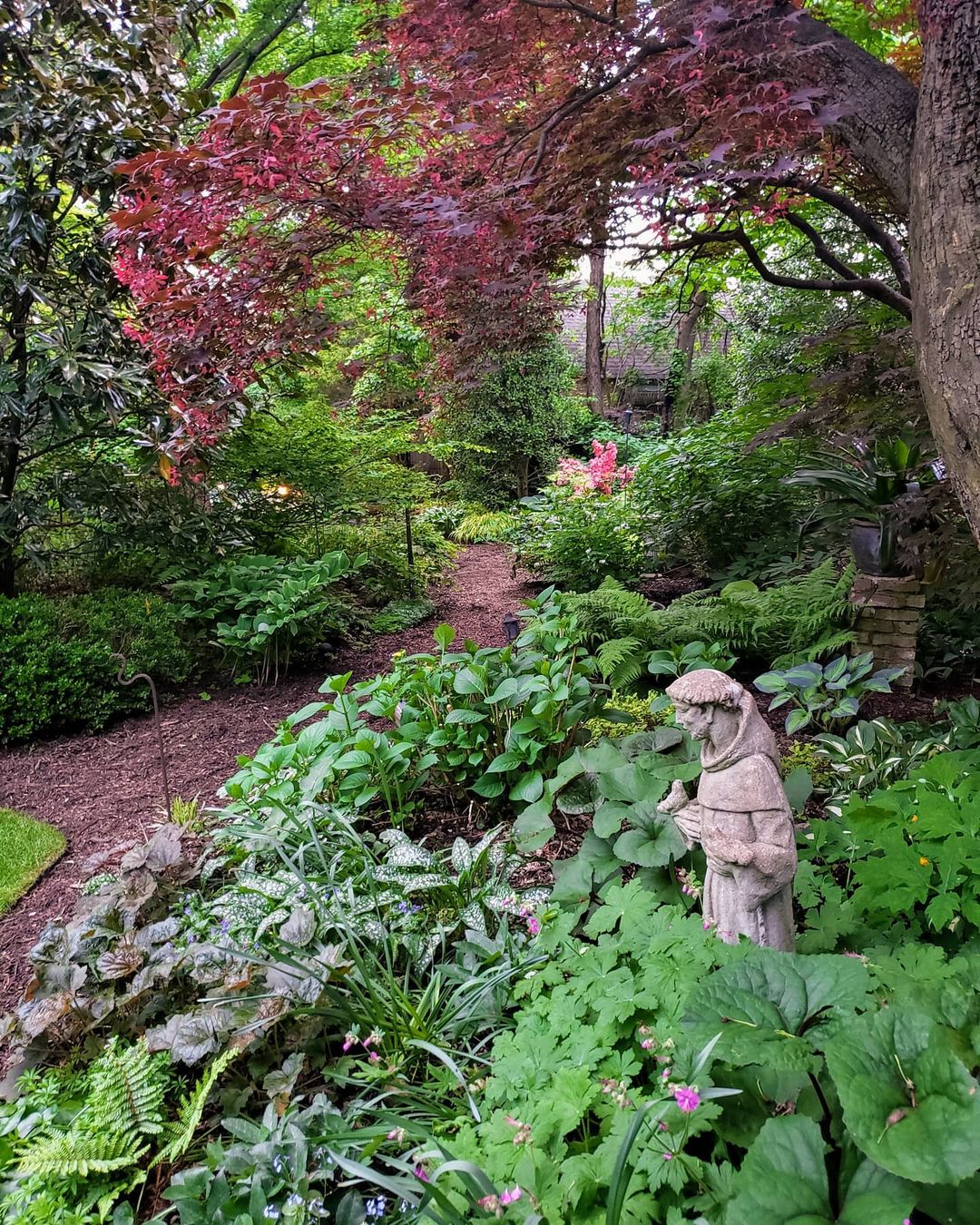
Creating layers in a shade garden enhances visual interest, maximizes space, and promotes a healthy ecosystem by supporting a variety of plants and wildlife. Garden revival from @ mciandella
Build layers in your garden by combining trees, shrubs, perennials, bulbs, and annuals. This creates a rich tapestry that mirrors the natural diversity found in woodlands. Each layer contributes to the overall beauty and functionality of your garden, providing different heights, textures, and seasonal interest throughout the year.
2. Use Foliage
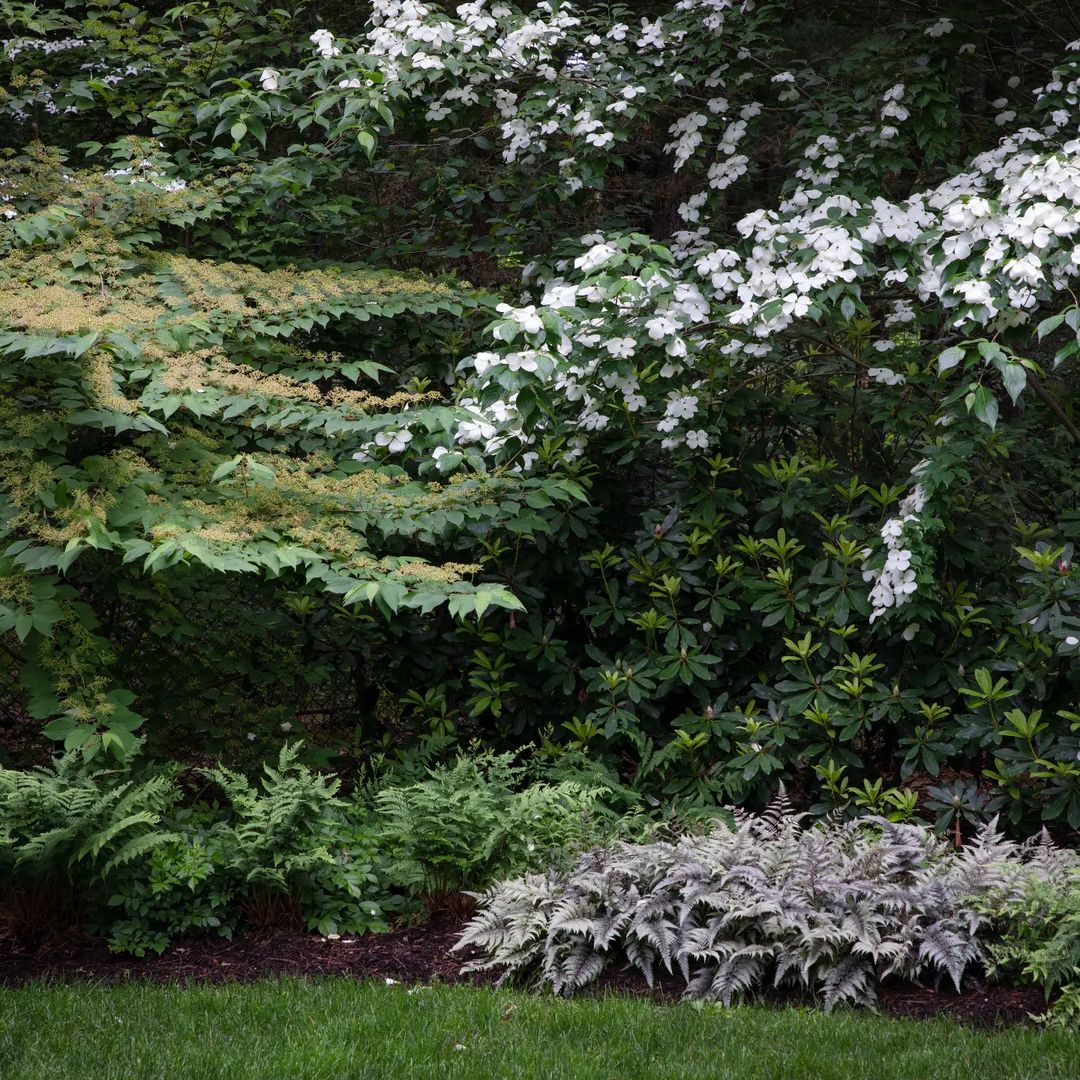
Ferns add a textured border to this shade garden, enhancing its visual appeal with their lush, feathery fronds Ferns from @ landscapecollaborative
Focus on foliage when planning your shade garden. Opt for plants with captivating foliage, like hostas, Japanese forest grass, spotted lungwort (Pulmonaria), and coleus, to provide vibrant colors that last throughout the growing season. Evergreens such as rhododendrons and conifers add year-round interest with their enduring hues. By prioritizing foliage, you ensure your garden remains visually appealing even when flowers are not in bloom.
3. Mix it Up
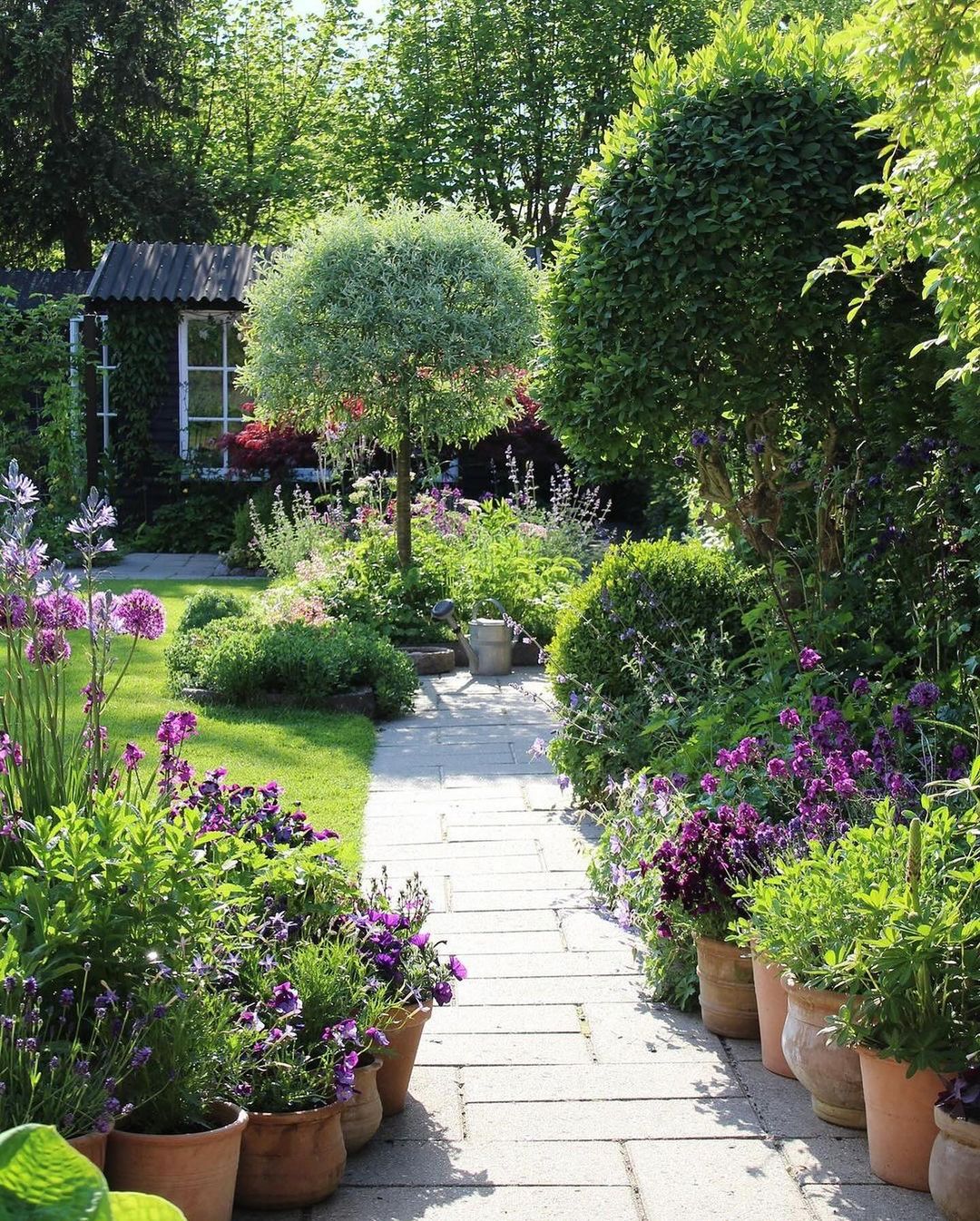
By combining different plant varieties, you can achieve a balanced and harmonious look that keeps the garden visually appealing throughout the season. Cottage garden from @ garden_lover_dj
Mix things up in your shade garden by focusing on color and texture, and incorporating plants of various shapes and sizes. This diversity creates visual interest and depth, making your garden more dynamic and engaging.
4. Brighten it Up
Add brightness to your shade garden by incorporating foliage plants with chartreuse, gold, silver, or variegated leaves. These colors can help illuminate darker areas. Include flowering plants with white or yellow blooms to further lighten up the space with their vibrant hues. Additionally, colorful containers, statuary, water features, reflective mirrors or panels, and artwork can all contribute to brightening the atmosphere of a shaded garden. These decorative accents not only add visual interest but also enhance the overall ambiance of the space.
5. Add Color
Incorporate color strategically to set the mood in your shade garden. Various shades of soft green can impart a serene atmosphere, ideal for creating a peaceful retreat. For added visual interest and excitement, introduce colorful foliage plants or flowering varieties like impatiens and begonias. These vibrant additions not only enhance the aesthetic appeal but also enrich the overall experience of your shaded outdoor space.
6. Keep it Simple
Keep your shade garden design straightforward by using larger groupings of the same plants. This approach creates a stronger visual impact and prevents the design from appearing overly cluttered or busy. By focusing on simplicity and repetition, you can achieve a cohesive and harmonious look that enhances the natural beauty of your garden without overwhelming it.
7. Go Vertical
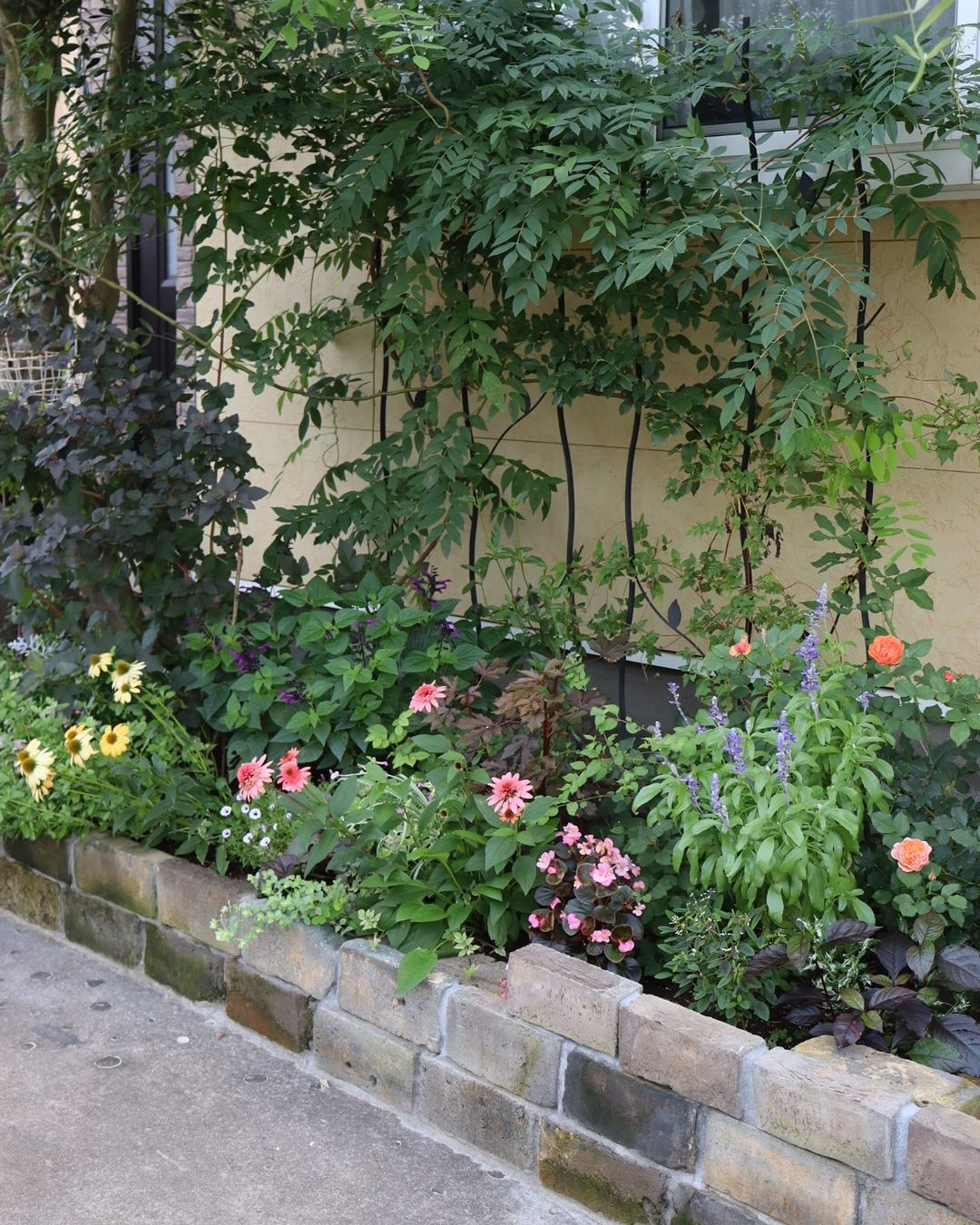
By utilizing vertical space, you can maximize planting area and introduce a lush, layered look that enhances the overall charm of your shaded outdoor environment.. Garden ideas from @ knishiooeda
Add vertical interest to your shade garden by incorporating shade-tolerant vines like clematis, climbing hydrangea, or Virginia creeper. These vines not only soften walls and fences but also create a dynamic vertical element that adds depth and dimension to your garden.
8. Create Repetition
To create a cohesive and unified landscape in your shade garden, incorporate repetition. Repeat the same or similar-looking plants in different areas of your yard to establish visual continuity and harmony. Additionally, use consistent colors for both plants and hardscape elements to tie the entire landscape together. This approach not only enhances the overall aesthetic but also creates a sense of balance and cohesion, making your shade garden feel cohesive and well-integrated.
9. Lend Cohesion
To create cohesion in your garden, consider using plants that thrive in partial sun to light shade for transition areas between shady and sunny spots. These plants can bridge the gap between different light conditions, ensuring a smooth and visually pleasing transition throughout your garden. By selecting appropriate plants for these transition zones, you can maintain a balanced and harmonious landscape that accommodates varying light levels effectively.
10. Hardscape
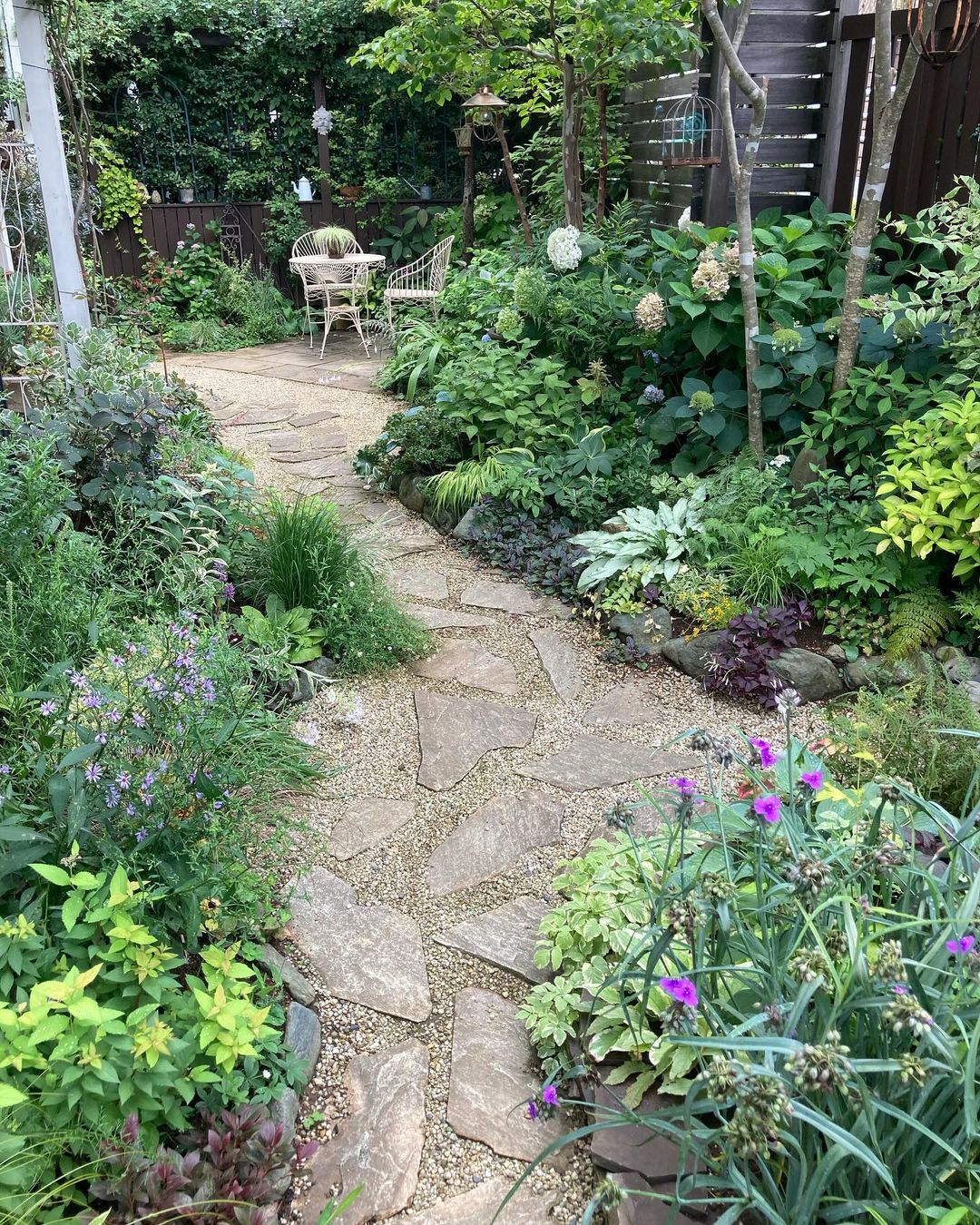
By integrating hardscape elements thoughtfully, you can create a balanced and inviting shade garden that combines beauty with practicality. Garden design from @ hushamami
Enhance your shade garden with hardscape elements like pathways, patios, boulders, seating areas, or structures such as arbors or pergolas. These features not only complement your plantings but also add functional and aesthetic value to your outdoor space. Pathways can guide visitors through the garden, while patios and seating areas provide places to relax and enjoy the surroundings. Boulders can add natural charm, and structures like arbors or pergolas can define spaces and support climbing plants.
11. Eliminate the Lawn
Consider removing traditional turf grass from shady areas of your garden, as it often struggles to thrive. Instead, opt for hardscaping features like a patio, which can provide functional space and enhance the aesthetics of the area. Alternatively, you can mass plant shade-tolerant ground covers, which not only add greenery but also help to minimize maintenance and create a cohesive look in your shade garden. By eliminating the lawn and choosing suitable alternatives, you can transform shaded areas into attractive and practical spaces that complement the overall design of your garden.
12. Enhance Your Garden with Lighting
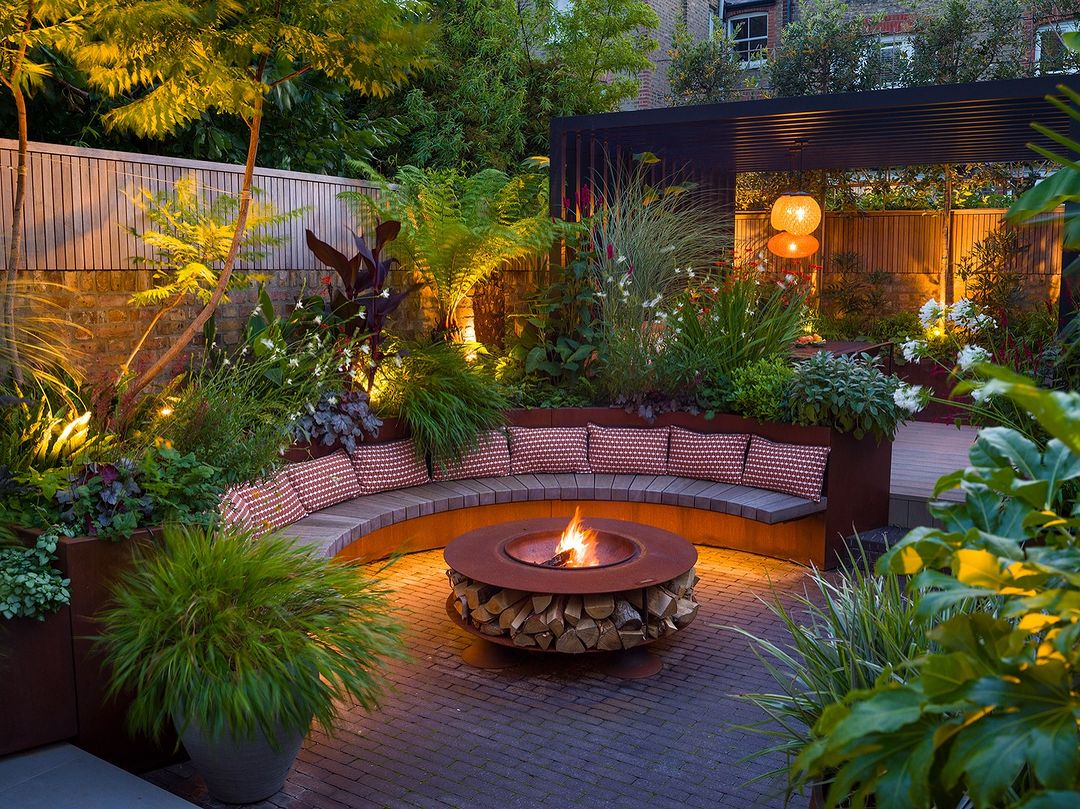
By integrating lighting strategically, you can maximize the beauty and functionality of your shade garden throughout the year. Urban garden from @ gardenslondon
Enhance the usability and ambiance of your shade garden by installing lighting. Incorporate pathway lighting to guide your way and create a safe environment at night. Spotlights can highlight specific plants or features, adding drama and interest after dark. Up-lighting can illuminate trees or architectural elements, creating a striking effect and extending the enjoyment of your outdoor space into the evening hours and through darker seasons like winter.


